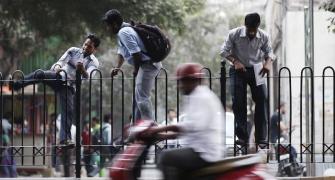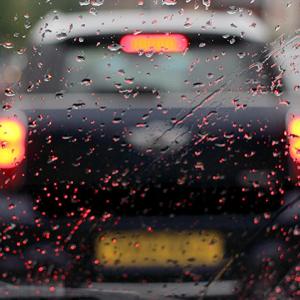Indian roads are far more unsafe than its railways.
A sense of urgency is required to tackle India's embarrassing record on road safety, says Vinayak Chatterjee.
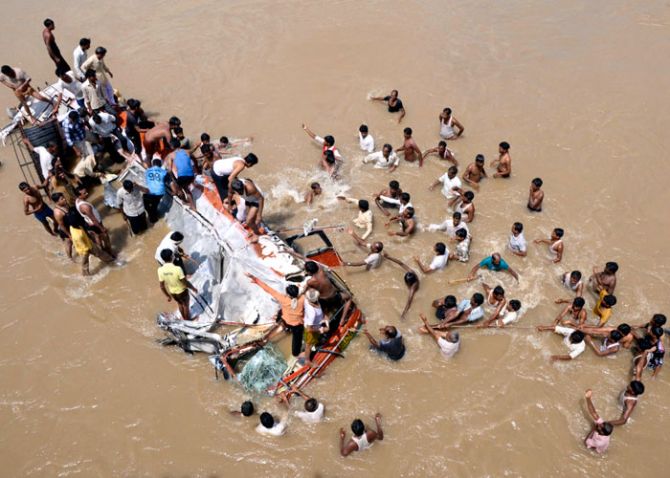
There is much agonising over the safety record of the Indian Railways.
There were 26,066 deaths due to accidents on the railways in 2015. Contrast this with roads, where 148,707 died in 2015.
Yet, a sense of urgency on road safety is still to pervade the collective consciousness, in spite of Road Transport and Highways Minister Nitin Gadkari putting it high on his priority list.
India signed the 2015 Brasilia Declaration committing to halve the number of deaths in road accidents by 2020. Road Accidents in India - 2015, released last year by the Ministry of Road Transport and Highways, shows that this will be a challenge.
The total number of road accidents increased by 2.5 per cent from 489,400 in 2014 to 501,423 in 2015.
Numbers for people killed in road mishaps increased even more, by 4.6 per cent, from 141,526 in 2014 to 148,707 in 2015.
Here are nine suggestions to seriously attempt to achieve the objectives of the Brasilia Declaration.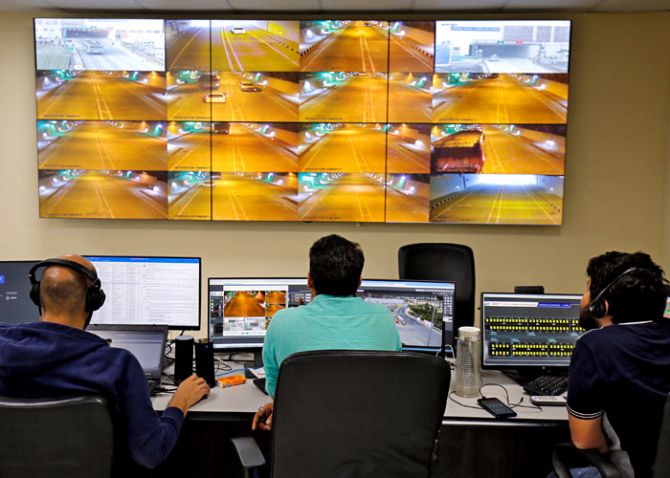
1. Create an independent road safety agency: The Commission of Railway Safety certifies new tracks before they become operational and enquires into rail accidents. Few know that the CRS is not part of the ministry of railways but is housed in the civil aviation ministry!
Similar independence is needed for a separate, statutory body that should certify whether a new (or upgraded) highway meets all safety requirements. It cannot be part of any implementing agency, like the National Highways Authority of India. A model could be the National Highway Traffic Safety Administration in the United States. It has a clear mission: to save lives, prevent injuries, and reduce economic costs due to road traffic crashes; and it is do this through education, research, safety standards, and enforcement. An all encompassing action-agenda like the Kakodkar Committee on Rail Safety (2012) is clearly required for the roads sector too.
2. Update and unify relevant codes: Improving the design engineering of urban roads, highways and expressways requires fresh thinking. The safety-related provisions of the Motor Vehicles Act, the Indian Roads Congress manual for highway design, and the Road Safety Manual should all be refreshed and aligned.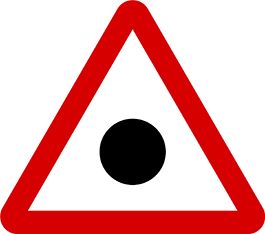
3. Fixing black spots: At least 786 black spots (places where the frequency of accidents is higher) have been identified by the government and remedial action has been proposed. These should be fixed with alacrity. The proposed Road Safety Agency should constantly discover and rectify fresh black spots.
4. Teach and certify safe driving: There is no mandatory safety training before appearing for a driving test. It is well known that a substantial number get licences without any test at all. No wonder Gadkari admitted in a public forum that 30 per cent of driving licences were bogus. A foolproof mechanism to issue and renew “genuine” licences by the many driving schools in India is a basic requirement.
5. Use modern technology for highway safety: The NHAI incorporated Indian Highways Management Company Limited on December 26, 2012. While electronic toll collection is its major objective, the IHMCL can well be re-energised in its “ancillary projects” charter to focus on safety delivery through technology. Beginnings could be made with regional control centres, emergency call boxes, variable message signage and integration of FastTag, mobile messages and in-cab radio broadcasts.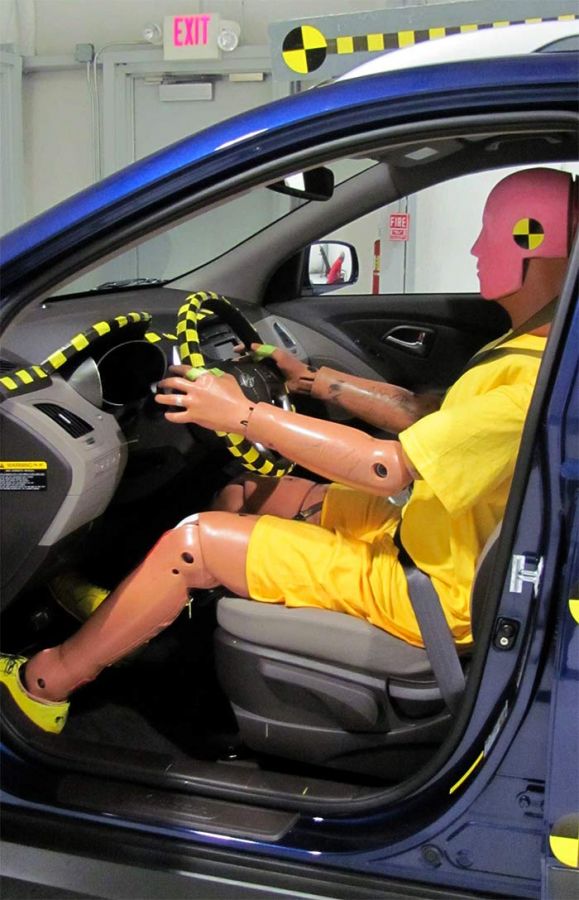
6. Have sufficient funding: The government has announced a Rs 1-lakh crore rail safety fund. Road safety, too, needs a resource hike. The outlay for 2017-2018 is Rs 250 crores.
This is nowhere near the promised Rs 11,000 crores over five years that was announced in 2016 by the government. To meet this gap, 25 paise out of the Rs 2 cess on every litre of petrol and diesel can be earmarked for a road safety fund. Karnataka proposes to increase the registration fee for all new vehicles by Rs 1,000, which will be used to promote road safety and trauma care in the state. Other states should be encouraged to raise and spend more on road safety.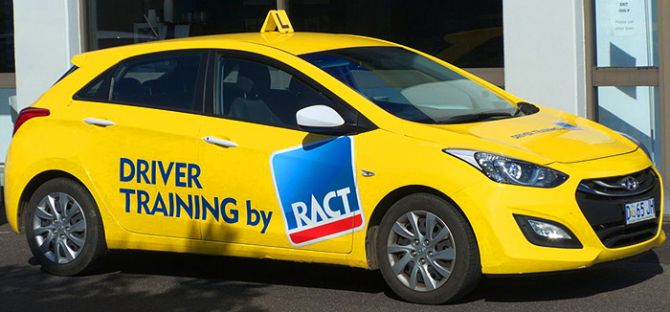
7. Bring stakeholders together to solve specific challenges: A partnership between MSRDC, Mahindra, and NGO SaveLife Foundation was involved with the Mumbai-Pune Expressway for two years. It has reduced fatalities by 40 per cent. Often, road administrators tend to forget two important stakeholders -- the traffic police and the emergency medical response fraternity. These aspects were emphasised in 2015 by the Supreme Court Committee on Road Safety.
8. Learn from China: In 2007, China had 110,000 fatalities in road mishaps. By 2015, this had reduced to 60,000. During the same time, India’s fatalities went up from 98,000 to 140,000 despite China having added more vehicles and highways than India in that time.
9. Implement new legislation: The Motor Vehicles (Amendment) Bill has been passed unanimously by the Lok Sabha in April 2017, and is now with the Rajya Sabha. It is expected to be passed in the winter session of Parliament. Many of the suggestions mentioned will be partly or fully implemented after this law comes into force.
The Bill also has other useful points relating to vehicle safety and testing, registration, insurance, a Good Samaritan law and a Motor Vehicle Accident Fund for cashless compensation for treatment during the Golden Hour (the first hour after an accident).
With all these being seriously addressed, we could genuinely strive to respect human lives on India’s roads.
Vinayak Chatterjee is the chairman, Feedback Infra. he can be reached vinayak.chatterjee@feedbackinfra.com; Twitter: @Infra_VinayakCh


